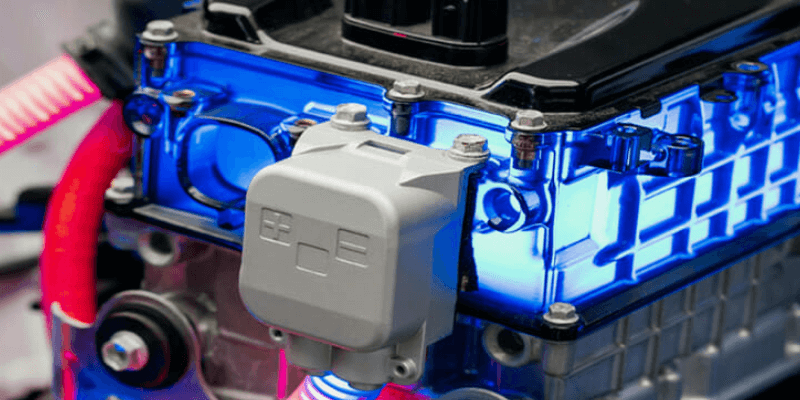Autoryzacje zwrotu towarów (RMA) odzwierciedlają niezadowolenie klientów i mogą wskazywać na problemy, takie jak wady produkcyjne lub awarie w komunikacji. Stoimy za naszym produktem i jesteśmy gotowi wspierać naszych klientów.
When customers find their purchased items unusable, they may struggle to meet their own commitments. Although some skeptics view returns as selfish, the effort involved in returning a product suggests we should take the complaints seriously.
Our RMAs Share One Common Thread
Customers request an RMA because they need our assistance, even if the product meets specifications or the damage was self-induced. An RMA indicates the customer requires help understanding or resolving an issue.
When customers cannot use our products, they rely on us to address their concerns. Upon receiving returns, we:
1. Confirm it’s a product we manufactured.
2. Sprawdzaj zgłoszony problem. Czasami walidacja jest szybka; Innym razem potrzebna jest analiza laboratoryjna w celu ustalenia trybu awarii i przyczyny wad.
Naszym pierwszym priorytetem w sytuacjach RMA jest przywrócenie funkcjonujących części dla klientów. Po zidentyfikowaniu trybu awarii przeprowadzamy analizę przyczyn pierwotnych (RCA).

Znaczenie analizy przyczyny pierwotnej
Identyfikacja i rozwiązywanie podstawowej przyczyny problemu jest niezbędne dla długoterminowych rozwiązań. ASQ opisuje główną przyczynę jako “Zło na dole” To wyzwala cały łańcuch przyczynowo-skutkowy. Naprawienie podstawowej przyczyny może zapobiec powtarzaniu się problemów. Podczas gdy podręczniki mogą uprościć ich znalezienie, w praktyce często wymaga złożonej podróży. Ta złożoność może prowadzić organizacje do pominięcia dokładnej analizy przyczyn (RCA), zamiast tego decydując się na szybkie poprawki.
Szybkie reakcje na bezpośrednie problemy mogą wydawać się zorientowane na klienta, ale bez zrozumienia podstawowej przyczyny działania te mogą nie mieć zrównoważonego rozwoju.
Może to spowodować scenariusze, w których:
- Szef wybiera działania naprawcze jednostronnie.
- Dominująca osobowość napędza decyzje bez konsensusu.
- Zespoły są zakleszczone w zakresie dyskusji, nie zgadzając się na skuteczne działania.

Strukturalne rozwiązywanie problemów
Używamy ustrukturyzowanych metod rozwiązywania problemów, aby zidentyfikować przyczyny źródłowe, szkoląc nasz zespół w zakresie Pięć-Dlaczego metoda i Proces A3. Ustalenie pierwotnej przyczyny wymaga dyscypliny i skupienia, ale dzięki praktyce staje się to szybsze.
Zespoły często mają trudności z osiągnięciem porozumienia w salach konferencyjnych. Ustalenie pierwotnej przyczyny zazwyczaj wiąże się z koniecznością udania się do gemby, “miejsce, w którym to się dzieje,” i wymaga ciągłej ponownej oceny faktów w świetle spostrzeżeń i opinii zespołu.
Zadowolenie klienta
W Holo Battery aktywnie poszukujemy opinii klientów, aby dostosować nasze produkty i usługi. Nawiązujemy dialog poprzez wizyty u klientów, audyty fabryk i spotkania projektowe. Ta informacja zwrotna jest kluczowa dla naszego planowania strategicznego i ulepszeń operacyjnych.
Co więcej, monitorowanie opinii klientów jest niezbędne dla dobrego funkcjonowania firmy i stanowi wymóg systemu zarządzania jakością ISO 9001. Sekcja 8.2.1 stwierdza, że organizacje muszą monitorować informacje dotyczące tego, czy spełniły wymagania klientów.

Wniosek
Produkt RMA uruchamia łańcuch zdarzeń, co podkreśla znaczenie skutecznego procesu RMA. Po pierwsze, szybko wymień go na produkt funkcjonalny. Następnie przeanalizuj brak identyfikacji pierwotnej przyczyny. Po zidentyfikowaniu problemu podejmij kroki, aby go naprawić i zapobiec jego ponownemu wystąpieniu. To systematyczne podejście ułatwia ciągłe doskonalenie i często przekracza oczekiwania klientów.

